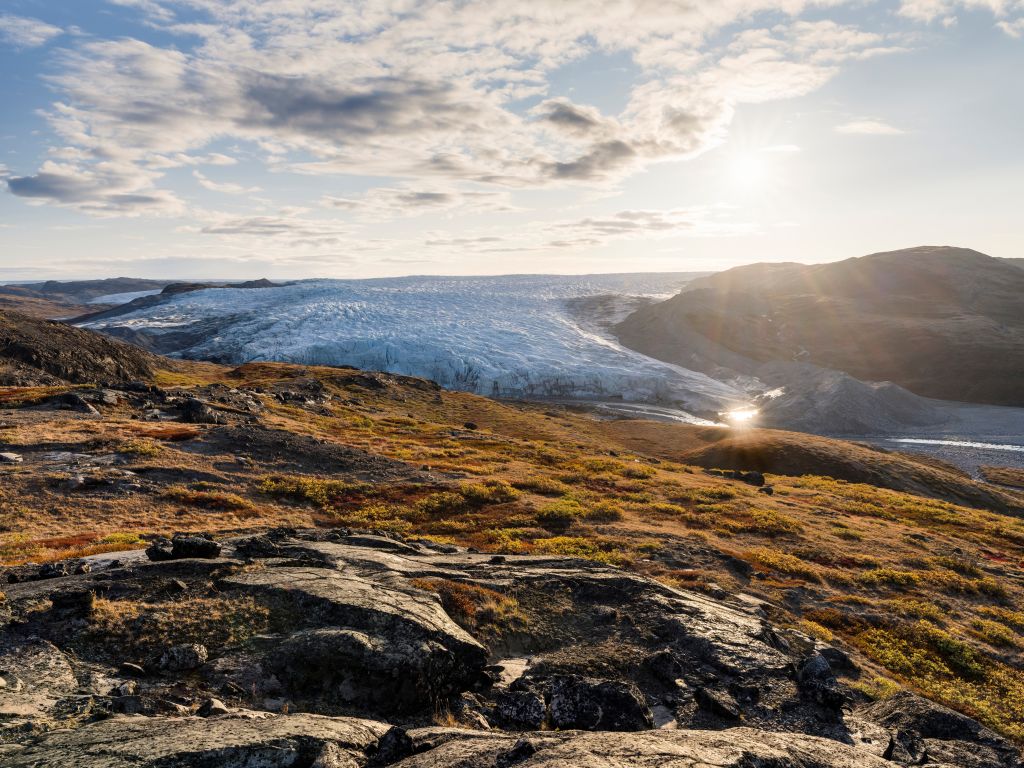The ice sheets of Greenland are melting at such an accelerated rate that scientists are calling it an “unprecedented” example of climate change.
A new study published Thursday showed that Greenland has lost a considerable amount of ice—driven primarily by warmer summer air—over the past two decades alone, after the island’s ice mass had remained relatively stable since as far back as the Industrial Revolution, CNN reported.
According to CNN, scientists determined that Greenland’s ice sheets are melting at a rate 50% higher than pre-industrial levels and 33% above 20th-century levels.
“What we were able to show is that the melting that Greenland is experiencing today is really unprecedented and off the charts in the longer-term context,” the study’s co-author, Sarah Das, said.
Since the water held in Greenland’s ice sheets is enough to add some 23 feet to global ocean levels, the study’s scientists are predicting that coastal cities and settlements could be totally swamped in the coming decades.
Eight of the 10 largest cities in the world sit on coasts and, in all, half of the world’s populations live near oceans.
“Climate change—whether it’s in Greenland or in your backyard—is already here and already happening and already impacting people,” Das said. “It’s not something that’s coming in the future, and this study really drives home that point.”
Thanks for reading InsideHook. Sign up for our daily newsletter and be in the know.


















